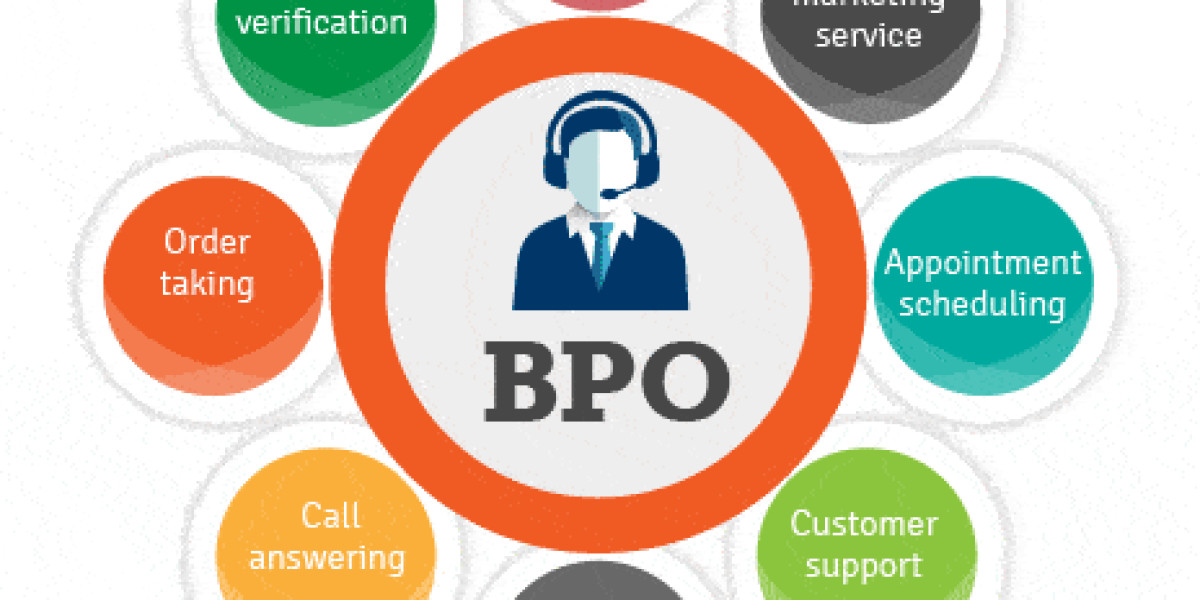Introduction: The concept of a digital campus represents a paradigm shift in education, leveraging technology to enhance the learning experience, streamline administrative processes, and foster a connected and innovative academic community. This article explores the key components and transformative potential of a digital campus, highlighting the ways in which technology is reshaping the landscape of higher education.
Definition of a Digital Campus:
A Digital campus is an educational institution that embraces technology to create a connected and technologically advanced learning environment.
It involves the integration of digital tools, online platforms, and innovative solutions to enhance both teaching and administrative functions.
Online Learning Platforms:
Digital campuses often leverage online learning platforms, providing students with the flexibility to access course materials, participate in discussions, and submit assignments from anywhere with an internet connection.
These platforms facilitate asynchronous learning, accommodating diverse schedules and learning preferences.
Virtual Classrooms and Collaborative Tools:
Virtual classrooms enable real-time interactions between instructors and students, fostering engagement and creating a sense of community.
Collaborative tools, such as virtual whiteboards and group project platforms, enhance teamwork and enable seamless collaboration among students.
E-Learning Resources:
Digital campuses offer a wealth of e-learning resources, including multimedia content, interactive simulations, and digital textbooks.
These resources cater to diverse learning styles, providing students with dynamic and engaging materials.
Mobile Learning Applications:
Mobile learning applications extend the reach of education beyond traditional classroom settings.
Students can access course materials, participate in discussions, and receive notifications on their mobile devices, promoting learning on the go.
Data Analytics for Student Success:
Digital campuses harness data analytics to track student performance, identify learning trends, and provide personalized feedback.
Predictive analytics help institutions intervene early to support students who may be at risk of academic challenges.
Automated Administrative Processes:
Administrative tasks, such as registration, grading, and course scheduling, are streamlined through automation.
This enhances efficiency, reduces paperwork, and allows administrative staff to focus on more strategic aspects of campus management.
Cloud-Based Infrastructure:
Adopting a cloud-based infrastructure enables easy access to data, applications, and resources from any location.
Cloud solutions enhance scalability, security, and collaboration among faculty, staff, and students.
Digital Credentialing and Certification:
Digital campuses often embrace digital credentialing, providing students with secure and verifiable digital certificates and badges.
This facilitates a more seamless transition from education to the workforce.
Cybersecurity Measures:
Ensuring the security of digital campuses is paramount. Robust cybersecurity measures protect sensitive student data, intellectual property, and the overall integrity of the digital learning environment.
Multi-factor authentication, encryption, and regular security audits are essential components of a comprehensive cybersecurity strategy.
Conclusion: The digital campus represents a transformative approach to education, leveraging technology to overcome traditional constraints and offer an enriched and accessible learning experience. By embracing online learning platforms, collaborative tools, and data-driven insights, educational institutions can create a dynamic and inclusive environment that prepares students for the challenges and opportunities of the digital age. The journey toward a digital campus is not just a technological evolution but a strategic investment in the future of education.
For more info. visit us:















